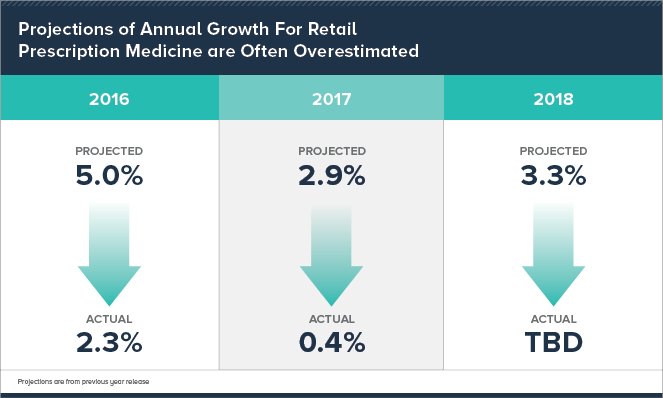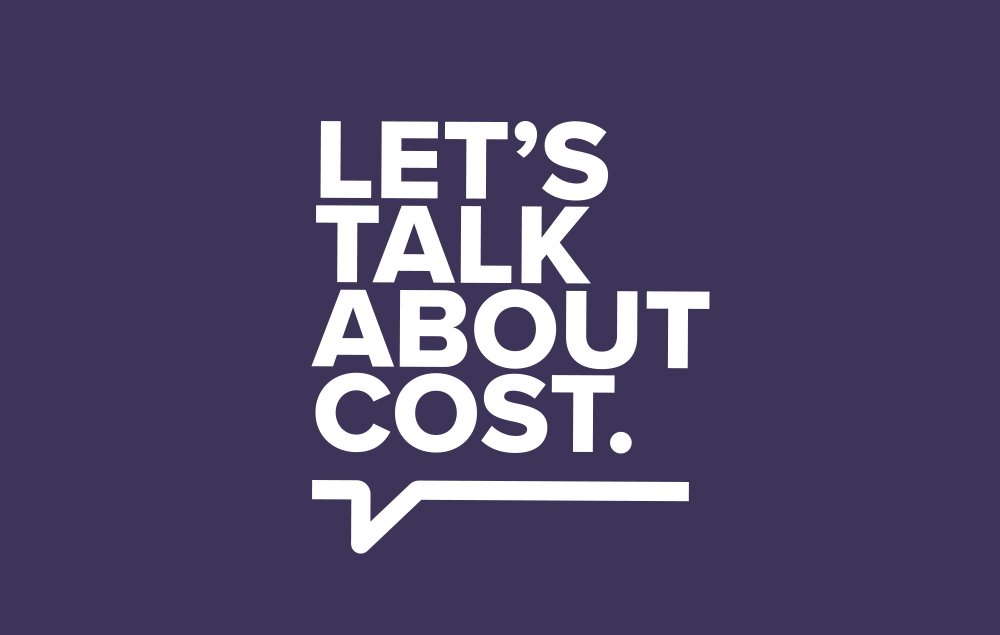This week, National Health Expenditure (NHE) data released by the Centers for Medicare & Medicaid Services (CMS) projected retail medicine spending grew 3.3 percent in 2018. Each year, CMS projects spending on health care services, but in a February 2018 review of the accuracy of their projections, CMS found that the NHE estimates of medicine spending have often been significantly overestimated when compared to actual spending.

As part of new data released on February 20, 2019, CMS actuaries estimate that between 2018 and 2027, less than 10 percent of total growth in health care spending will be attributable to retail prescription medicine. As in past years, hospital care will contribute one-third of the growth. What may be more surprising to many is that the added costs of administering health insurance – such as billing and prior authorization reviews – is expected to contribute almost as much growth in spending over the 10-year-period as retail prescription drugs.
Not only are medicine costs a small, stable part of health care spending, but they also help reduce spending on other health care services, especially for patients with chronic conditions. According to the Health Affairs article covering the release of the NHE data, “the use of prescription drugs will increase over the next several years as a result of increasingly robust efforts by employers and insurers to reduce any barriers regarding the use of maintenance drugs needed to keep their enrollees with chronic conditions healthy.”
A large body of research has found better use of medicine and improved adherence to treatment results in significant savings on other health care costs. For example, for patients with diabetes:
- Improved diabetes medication adherence could result in over 1 million avoided emergency department visits and hospitalizations annually, for potential annual savings of $8.3 billion.
- Among Medicare Part D enrollees with diabetes, consistently high adherers had lower medical costs than non-adherent beneficiaries, saving up to $840 per patient per month.
Learn more at www.letstalkaboutcost.org.




